"Familiar Routines, Unfamiliar Experiences"—How About Traveling to Small Towns in Korea?
- Input
- 2025-11-20 07:00:00
- Updated
- 2025-11-20 07:00:00
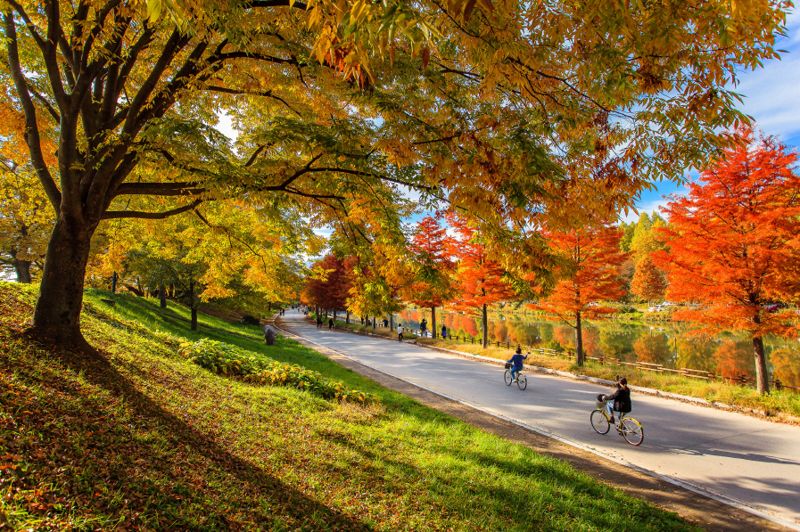
These days, many young people seek out small local towns even when traveling abroad. Rather than bustling metropolises, they prefer to leisurely enjoy the unique landscapes and atmosphere of smaller cities. Examples include Fujinomiya in Japan, with views of Mount Fuji, and Sapa, a small border town in northern Vietnam.
There are also many small towns worth visiting across Korea. The Korea Tourism Organization (KTO) has recommended four domestic small-town destinations under the theme of "Traveling Nowadays," where you can relax and explore at your own pace for a day. While these places are not yet mainstream, word of mouth among savvy travelers has led to a recent surge in visitors.

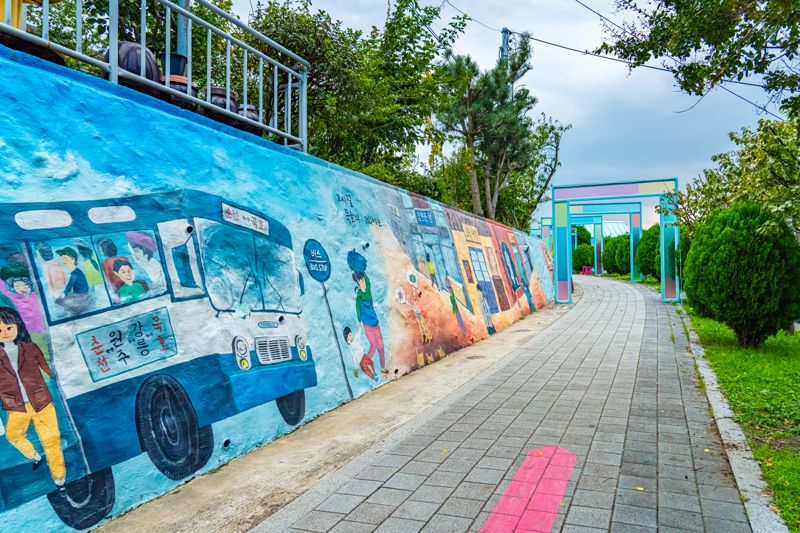
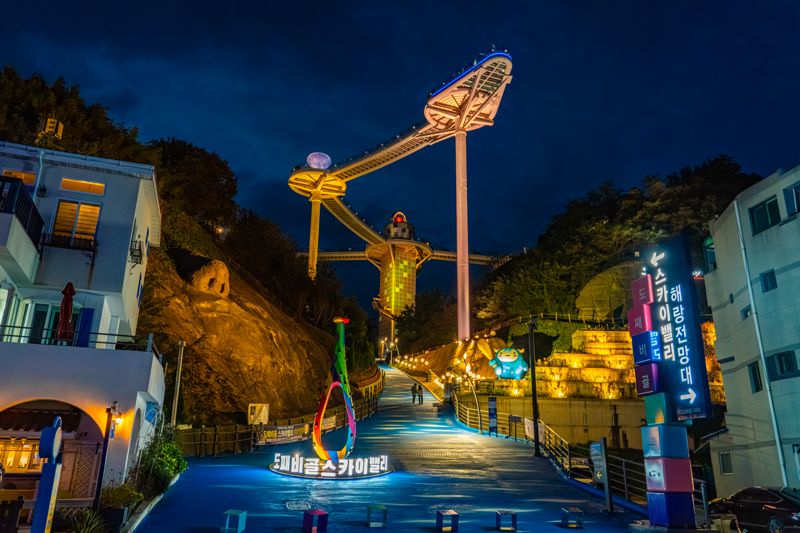
■A Port City Best Explored on Foot: Do You Know Mukho?
Shim Sang-dae, a novelist from Mukho, published a novel titled "Do You Know Mukho?" in 1990. The former Mukho-eup of Myeongju-gun, Gangwon-do, merged with Bukpyeong-eup of Samcheok-gun in 1980 to become Donghae City, and now remains only as a port.
It takes just two and a half hours to reach here from Seoul by KTX. All the sights are within a 30-minute walk, making it easy to enjoy a fulfilling trip without a car. By joining the "Ttubuk, Shall We Go to Mukho for Ramen?" program, operated by the Donghae Culture and Tourism Foundation and inspired by filming locations and famous lines from the movie "One Fine Spring Day," you can explore every corner of Mukho.
The tour begins at a small shop selling Mukho souvenirs, where you receive a stamp book. Next, you can browse over 3,000 types of pencils at Korea's first Pencil Museum and enjoy views of Mukho from the fourth-floor café. Passing through the old downtown area of Balhan Samgeori and the East Sea Central Market, you’ll arrive at Nongoldam-gil Street, Mukho’s signature mural village.
The Sambo Apartment, where the famous line "Shall we have ramen?" from the film "One Fine Spring Day" was born, is also a must-see. The tour concludes at Culture Factory Deokjang, where you can enjoy ramen topped with randomly selected seafood such as octopus.
Other highlights include Dojjaebigol Sky Valley for a thrilling experience, Dojjaebigol Haerang Observatory—a walkway over the sea—and Ottugi Kalguksu, a long-standing eatery famous for its rich jang kalguksu noodles.
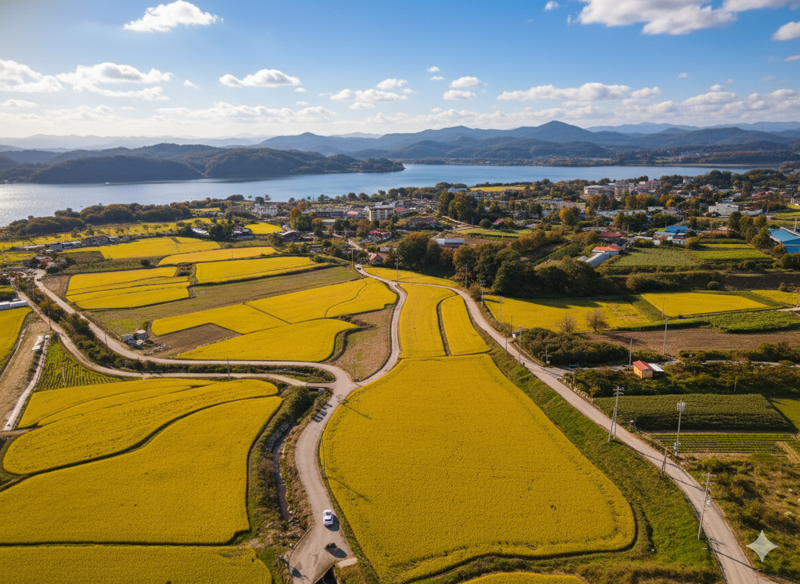
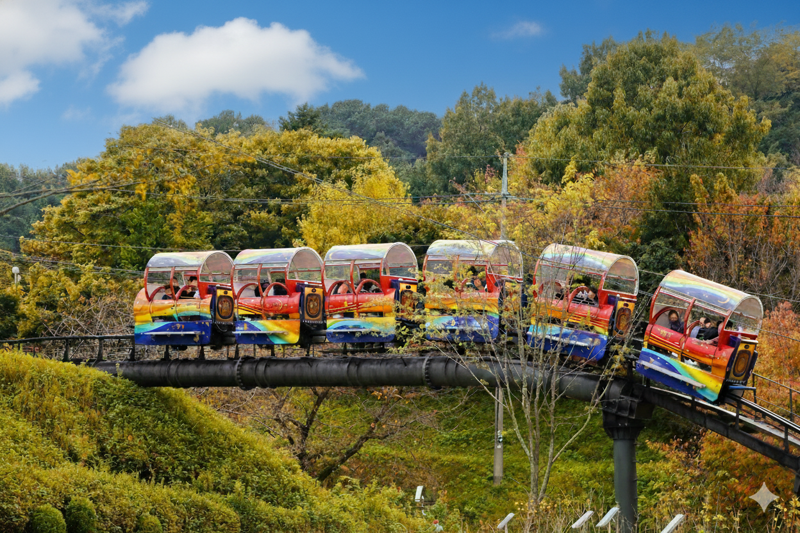

■A Place Where Time Flows Slowly: Daeheung in Yesan-gun
Next is Daeheung, a small village in Yesan-gun, Chungcheongnam-do, where you can fully experience the nostalgia of an old hometown. The gently sloping mountains surrounding the Daeheung plain evoke memories of childhood games like hopscotch and rubber band jumping.
The first stop is the "Village of Virtuous Brothers" in Sangjung-ri, Daeheung-myeon. In 2009, Daeheung-myeon in Yesan-gun became the sixth place in Korea—and the first in the central region—to be designated a Slow City. This is where the real-life brothers from the famous tale of the Virtuous Brothers, who secretly shared rice sheaves on a bright autumn night and embraced in tears, once lived.
The best way to enjoy Slow City Daeheung-myeon is to walk the "Slow Curved Path." This route, made up of the Old Story Path, Slow Path, and Love Path, is steeped in the area's history, traditional culture, and natural environment. The Old Story Path features a zelkova tree over a thousand years old and the tale of the Virtuous Brothers. The Slow Path winds along the Yedang Lake waterfront and forest, passing by historic sites such as Daeheung Dongheon and Daeheung Hyanggyo. The final Love Path offers views of charming, peaceful villages nestled at the foot of low mountains.
Daeheung Slow City is said to uphold three unchanging principles: preservation of the natural environment, continuation of traditional culture, and resident-led management. The Palm-sized Garden is a prime example. Open to everyone, these gardens are lovingly tended by residents in their own yards, with hand-built stone walls and trees that even serve as resting spots for village cats.

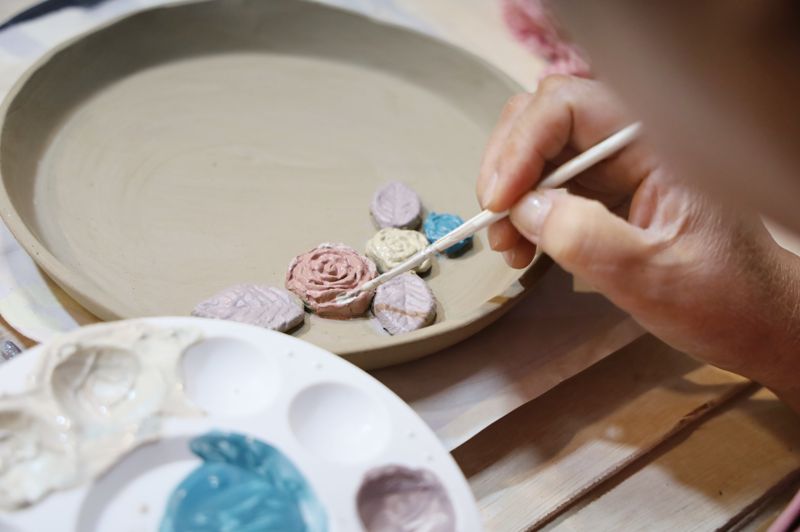
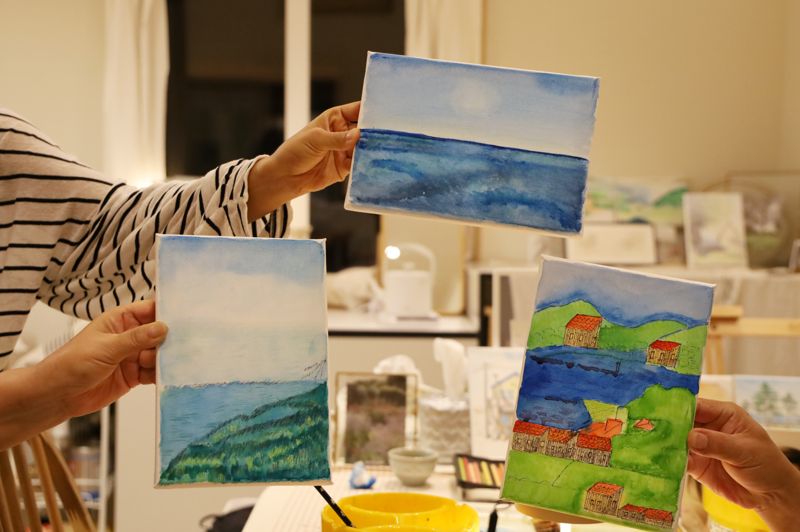
■A Place as Warm as Your Grandmother’s House: Namhae
Namhae in Gyeongsangnam-do, home to the German Village, Boriam Hermitage on Geumsan Mountain, and Gacheon Daraengi Village, is a tranquil place to spend peaceful moments.
Namhae Oegatjip, operated by the Namhae Foundation for Tourism and Culture, is a local experience program that allows you to immerse yourself in the small town of Namhae. The name reflects the hope that visitors will feel the warmth of home and relax as if they were in their own hometown. By participating in programs led by locals in everyday settings, you can make your time in Namhae even more special.
Namhae Oegatjip offers three programs: the "Namhae Unnie's Drawing Urban Sketch Experience" led by a local artist; the "Tira Uncle's Pottery One-Day Class" at the Tira & Heukkkupnori pottery studio and café; and the "Kwangsoo Uncle's Eco-friendly Blackberry Experience" at a farmhouse in Bonghwa Village, Samdong-myeon.
Gacheon Daraengi Village is another great place to visit with friends. Daraengi refers to terraced rice paddies carved into steep coastal hills by ancestors seeking to expand farmland during hard times. There are over 700 terraces, ranging from 10 to 1,000 square meters, forming 108 layers. Walking along the Daraengi Jiget-gil Trail, which follows the terraces and the Namhae coast, you’ll find yourself thinking, "I'm so glad I came here."

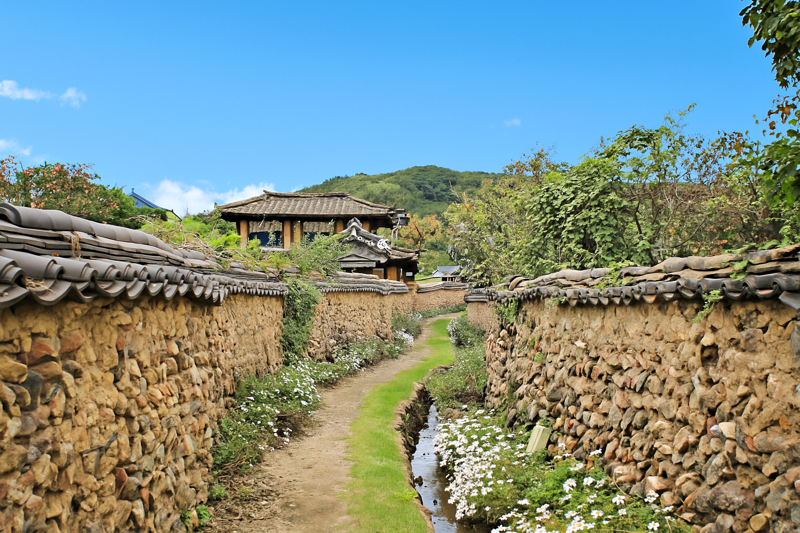

■"Slowly, More Deeply"—A 2-Day, 1-Night Stay in Damyang
When you long for the beauty of slowness, head to Samjinae Village in Changpyeong, Damyang County. Named for the three streams that cross the village, Samjinae is renowned as a representative Slow City of Jeollanam-do. The blend of traditional houses and stone walls creates a tranquil atmosphere, with the old stone walls designated as a National Registered Cultural Heritage. Walking along the walls, you’ll encounter a variety of sights, from Go Jae-seon House and other nationally designated heritage buildings to ordinary homes, cafés, hanok guesthouses, and even abandoned old houses.
Behind the Changpyeong-myeon Office, built in hanok style, is a small courtyard with a two-story hanok. Strolling through the village lanes, staying at accommodations run by residents, or relaxing in cafés and restaurants converted from hanok are the best ways to enjoy Samjinae Village. For those wishing to stay overnight, there are accommodations ranging from 100-year-old traditional houses to cozy guesthouses, all operated by locals. Various humanities lectures and cultural experience programs are also available, providing opportunities for personal enrichment.
Damyang County also boasts Juknokwon and Gwanbangjerim Forest, both selected as part of Korea's Top 100 Tourist Attractions. At Juknokwon, you can stroll through lush bamboo groves, enjoy forest bathing, and try foot baths or sound walking tours. Across the river lies Gwanbangjerim Forest, a natural monument created as an artificial forest to prevent flooding. With cherry, hackberry, and zelkova trees, the forest offers a different charm each season.
[email protected] Jung Soon-min Reporter